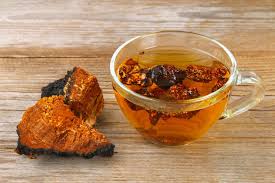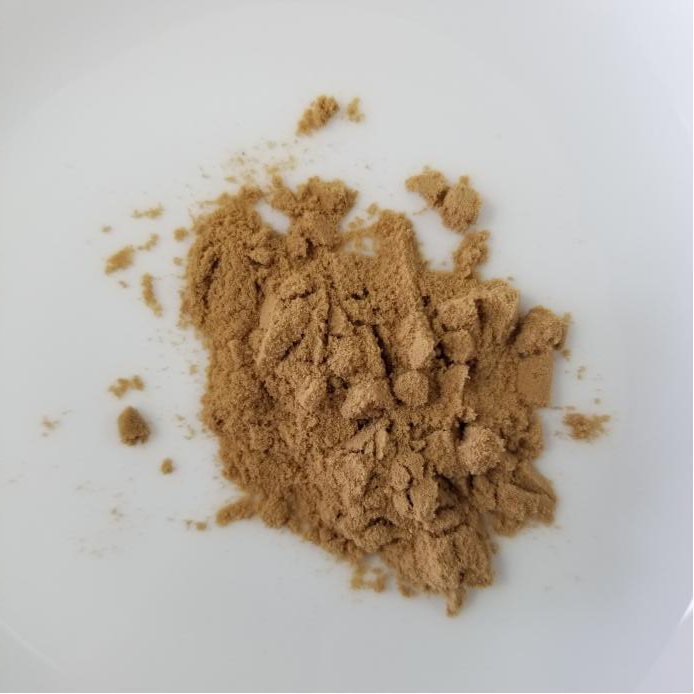Capsaicin and our close relationship.
Date
- April 14, 2023
Table of Contents
Contact Us
Where does capsaicin come from?
Capsaicin is a naturally occurring compound found in chili peppers. It is produced by glands located in the pepper’s placenta and is responsible for the spicy or hot sensation experienced when eating them. Capsaicin is also used in various applications, including food flavoring, medicinal creams, and even as a deterrent for pests.

What are the effects of capsaicin?
Capsaicin can have several effects on the body, including:
Pain relief: Capsaicin can help to relieve pain by inhibiting the transmission of pain signals to the brain. It is often used in topical creams and ointments to treat conditions such as arthritis, muscle pain, and nerve pain.
Increased metabolism: Capsaicin can increase the body’s metabolic rate, which can help to burn more calories and promote weight loss.
Improved heart health: Capsaicin may help to improve heart health by reducing cholesterol levels and improving circulation.
Anti-inflammatory effects: Capsaicin has been shown to have anti-inflammatory effects, which can help to reduce swelling and inflammation in the body.
Cancer-fighting properties: Some studies have suggested that capsaicin may have anti-cancer properties, particularly in relation to certain types of cancer such as prostate cancer.
However, it’s worth noting that capsaicin can also cause irritation and discomfort, particularly when consumed in large amounts or applied to the skin in high concentrations.
What are the uses of capsaicin?
Capsaicin has several uses, including:
Food flavoring: Capsaicin is commonly used as a food flavoring, particularly in spicy dishes such as chili, hot sauce, and curry.
Pain relief: Capsaicin is often used in topical creams and ointments to relieve pain associated with conditions such as arthritis, muscle pain, and nerve pain.
Weight loss: Capsaicin has been shown to increase metabolism and promote weight loss, making it a popular ingredient in weight loss supplements.
Nasal sprays: Capsaicin can be used in nasal sprays to treat conditions such as sinusitis and allergic rhinitis.
Pest deterrent: Capsaicin can be used as a natural pest deterrent, as it is toxic to some insects and animals.
Defense spray: Capsaicin can also be used in pepper spray as a self-defense tool.
Medical research: Capsaicin is used in medical research to study pain and inflammation, as well as its potential anti-cancer properties.
What are the applications of capsaicin in daily life?
Capsaicin has several applications in daily life, including:
Cooking: Capsaicin is commonly used as a spice in many cuisines, and can be found in a variety of foods such as hot sauce, chili, and curry.
Pain relief: Capsaicin is often used in topical creams and ointments to relieve pain associated with conditions such as arthritis, muscle pain, and nerve pain.
Weight loss: Capsaicin is often included in weight loss supplements due to its ability to increase metabolism and promote weight loss.
Nasal sprays: Capsaicin can be used in nasal sprays to treat conditions such as sinusitis and allergic rhinitis.
Pest deterrent: Capsaicin can be used as a natural pest deterrent, as it is toxic to some insects and animals.
Self-defense: Capsaicin can be used in pepper spray as a self-defense tool.
Natural remedy: Capsaicin is sometimes used as a natural remedy for various ailments, such as sore throat, headaches, and digestive issues.
Overall, capsaicin has a wide range of potential applications in daily life, from cooking and pain relief to weight loss and self-defense.
What products can replace capsaicin?
Capsaicin has a unique spicy and pungent flavor, so it can be difficult to find a direct replacement for it. However, there are some products that can be used as substitutes for capsaicin in certain applications, such as:
Black pepper: Black pepper can be used as a substitute for capsaicin in dishes where a mild to moderate level of heat is desired.
Ginger: Ginger can be used in place of capsaicin to add a slightly spicy and pungent flavor to dishes.
Mustard: Mustard can be used as a substitute for capsaicin in certain recipes, particularly those that call for hot mustard.
Horseradish: Horseradish can be used as a substitute for capsaicin in certain recipes, as it has a similar pungent and spicy flavor.
Cumin: Cumin can be used as a substitute for capsaicin in certain dishes, as it has a warm and earthy flavor that can add depth to a recipe.
It’s important to note that these substitutes may not provide the exact same flavor or heat level as capsaicin, but they can be used to achieve similar results in certain applications.
After reading the above content, do you have an understanding of Capsaicin? Meetsupplement provides Capsaicin has the best health benefits and better storage. Meetsupplement has helped more than 40,000 customers succeed and become wealthy and healthy. We also look forward to serving you. After receiving your order, we will arrange for the factory to produce your order as soon as possible, follow up on the production progress, and ship it to you in time so that you can receive the package safely and quickly.
Let a true industry veteran provide you with high-quality natural ingredients. Customer satisfaction is our unremitting pursuit.
Please click the button below and let us start doing business together. We look forward to your joining.
If you think this article is helpful to you, please share it with your family and friends. Welcome to leave a message below to add more information about Capsaicin.



